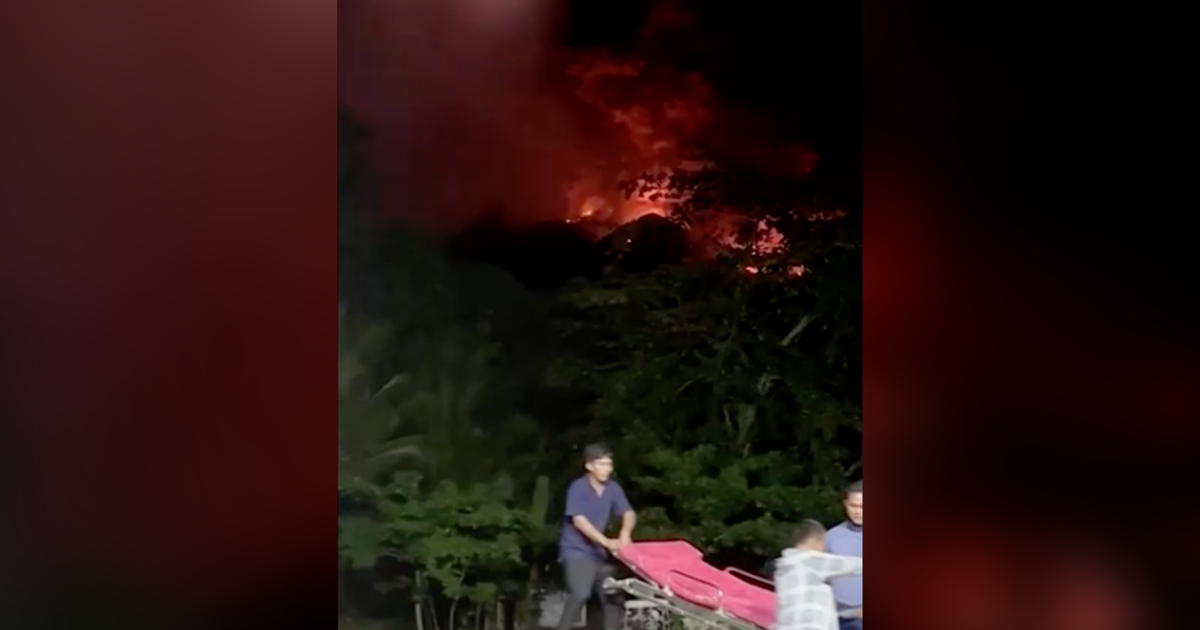Meet "the cow" – the flattest explosion ever seen in space
Scientists have found what they're calling "the cow" 180 million light years away. But it's not bovine in space – it's a massive explosion that's flatter than the experts ever imagined.
Stars pretty much always explode in a spherical shape, but in 2018, scientists observed an unusual star explosion deep in space that was the "most aspherical ever seen," according to a news release from the University of Sheffield. Justyn Maund, an astrophysics lecturer at the university, was the lead author of the latest study on the observation, published in Monthly Notices of the Royal Astronomical Society.
The observation was made after scientists accidentally – and luckily – saw a flash of polarized light in June 2018 that was captured by telescopes in Hawaii. A 2019 news release from Northwestern University, whose researcher Raffaella Margutti was part of the initially reported findings, says the explosion, dubbed AT2018cow, was a "spectacularly bright anomaly" 10 to 100 times brighter than supernovas. Scientists also observed that the explosion unleashed particles flying at 10% of the speed of light.
"We knew right away that this source went from inactive to peak luminosity within just a few days," Margutti said. "That was enough to get everybody excited because it was so unusual and, by astronomical standards, it was very close by."
In Maund's study, researchers measured the polarization of that flash, which allowed them to identify the explosion's shape, and through that, they found that it was about the size of Earth's solar system in a galaxy about 180 million light-years away.
They determined the explosion was a rare Fast Blue Optical Transient, a kind of explosion that astronomers have come to refer to as "the cow." The latest discovery is only the fifth of this type of star explosion to ever be seen.
"Very little is known about FBOT explosions – they just don't behave like exploding stars should, they are too bright and they evolve too quickly," Maund said. "Put simply, they are weird, and this new observation makes them even weirder. ... we never thought that explosions could be this aspherical."
He offered two potential reasons the explosion could have happened in this fashion. The first is that the stars that exploded could have created a disc shape just before they died. The other? The star collapsed into a black hole and ate the rest of its formation, an event known as a failed supernova.
"What we know for sure is that the levels of asymmetry recorded are a key part of understanding these mysterious explosions," Maund said, "and it challenges our preconceptions of how stars might explode in the universe."




